*The English on this page has been translated using DeepL. Please let us know if there are any errors. Please contact us in Japanese or English.
Service Overview
For those who have difficulty visiting graves for various reasons such as distance, lack of time, advanced age, etc., we offer a VR gravesite service.
The service consists of cleaning the graves and then using a 360-degree camera to capture images of the graves so that visitors can visit the gravesites from their PCs or smartphones.
The images are 6K (4K for video) and audio is recorded in all directions. By using a smartphone, VR goggles, and wireless earphones, visitors can experience immersive and realistic content. For images, content loading may be slow depending on the communication environment. If there is not much movement, image + sound is recommended.
Click here to view content using VR goggles.
The created contents can be accessed from a dedicated URL. A separate page requiring a login ID and password can also be created.
In the following case study, we have created contents by photographing the graves of great people of the past.
The first president of the Japan Muslim Association, Sadiq Yoshio Imaizumi, had the first chapter of the Quran recited to him the day before he passed away. In honor of this, the first chapter of the Koran is played when the symbol of the Koran is pressed on the content.
In addition, photos, audio, and video of the deceased can be freely placed in the space.
Price
8,000 yen + transportation costs (cleaning service, filming, content creation, and maintenance)
*For an annual contract (cleaning and filming 4 times a year), the fee is 30,000 yen.
Transportation fee is calculated starting from Shibuya station.
Content Examples
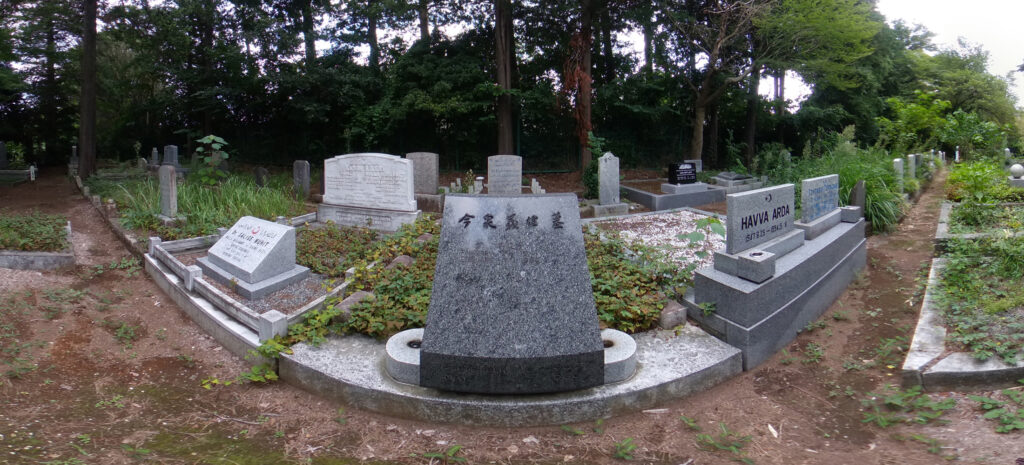
September 16, 1905 – May 17, 1960 (age 64)
His real name was Yoshio Imaizumi. Studied under Abdullah Syed Ibrahim, and founded the Japan Muslim Association on April 28, 1953, and served as its president. There were 63 founding members. Imaizumi was active and devoted as the president.
’60 He fell ill, and around 8:00 p.m. on May 16, Saito Sekihei, who was serving as vice president of the association, visited him and asked him in a faint voice to recite the first chapter of the Quran, “Fatiha. When Saito finished chanting this in Imaizumi’s ear, he seemed satisfied and said goodbye. These were his last words. At 2:00 a.m. on the following day, the 17th, Imaizumi’s spirit was called to Allah. He was 64 years old.
Since then, the association has continued to send many foreign students, mainly from Arab countries, such as Azhar University in Egypt, for training in Islamic studies, and has conducted missionary activities up to the present.
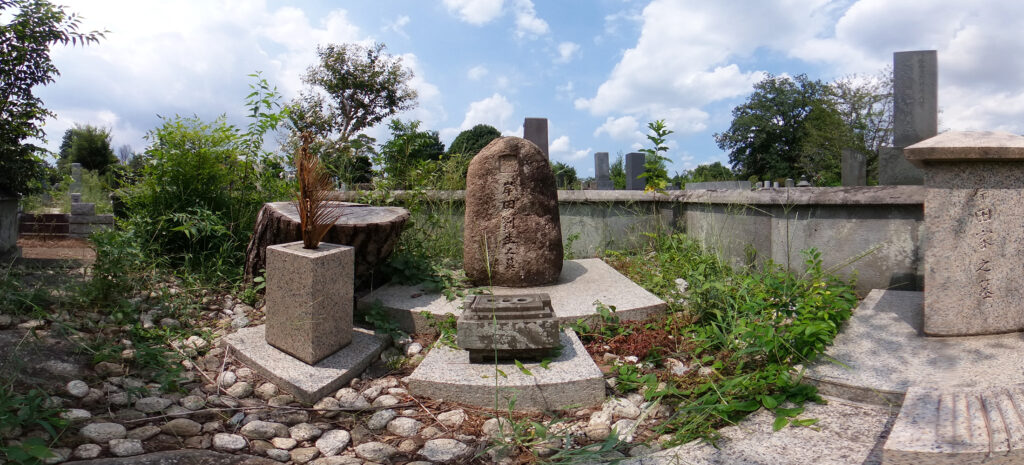
June 23, 1891 – December 20, 1929 (age 39)
Western-style painter of the Meiji and early Showa periods.
Fourth son of Kishida Ginko. Studied at the Hakuba-kai Institute under Kuroda Seiki and others. He became acquainted with the late Impressionists through his association with the magazine Shirakaba, and founded the Hyuuzan-kai with Kotaro Takamura and others in the first year of the Taisho era (1912). He formed the Sodo Company with Kimura Shohachi and others, and perfected his unique miniature expression in still life and landscape paintings. His representative works include a series of paintings beginning with “Reiko Five-Year-Old Portrait,” using his daughter Reiko as a model. Born in Tokyo.
(Digital edition of the Dictionary of Japanese Biography + Plus)
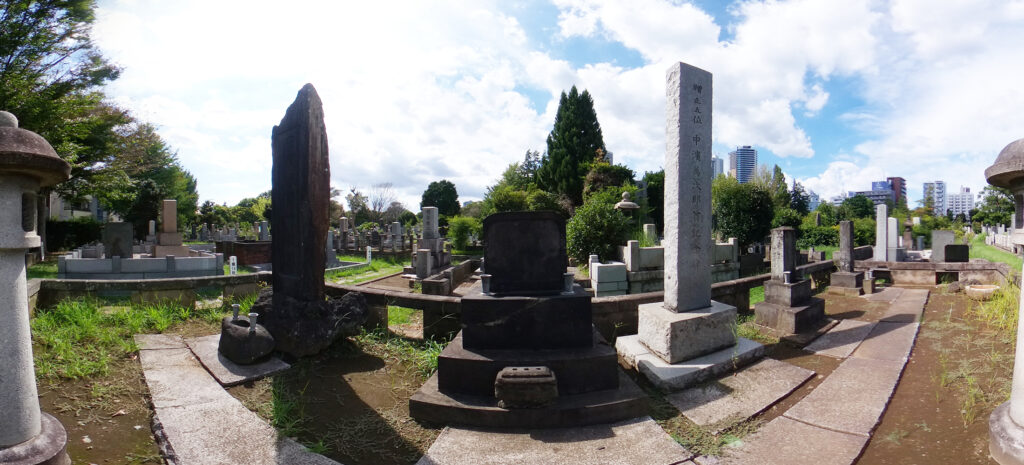
January 27, 1827-November 12, 1898 (age 72)
Drifter and educator of the late Edo and Meiji periods.
At the age of 15, he went fishing from the port of Usa in Tosa (Kochi Prefecture) and was lost. He was scooped up by an American whaling ship and educated there under the name of John Mann. He returned to Japan in 1854, became a shogunate minister in 1865, and re-entered the U.S. on the Kanrin Maru as an interpreter in 1855. After the Meiji Restoration, he taught English at Kaisei Gakko. His works include “Drifting Languages” and “Dialogue between Britain and America.
(Digital edition of the Nihonjinmei Daijiten + Plus)
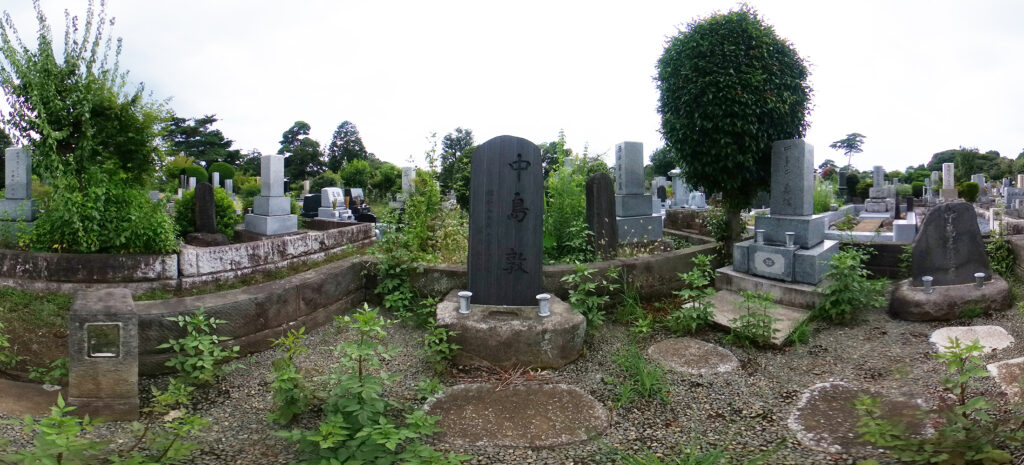
May 5, 1909 – December 4, 1942 (Age 33)
Japanese writer. Born in Tokyo, the son of a Chinese literature teacher, he graduated from the Department of Japanese Literature at Tokyo Imperial University in 1933, and became a Japanese and English teacher at a high school for girls. In 1942, he was nominated for the Akutagawa Prize for “Light, Wind and Dreams,” but his asthma worsened a few months later and he died prematurely at the age of 33.
He left behind a body of works based on Chinese classics, written in the elegant style of the Chinese classical literature. Many of his works were published posthumously. His representative works include “Kotan,” “Li Ling,” “Shan Yue Ji,” and “Meijin Biographies.
(Biographical Dictionary)
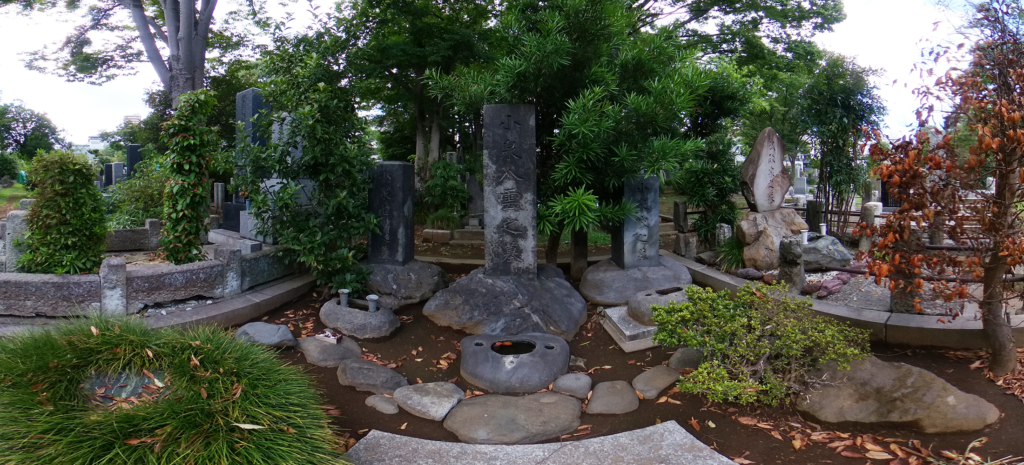
June 27, 1850-September 26, 1904 (age 55)
Essayist and English writer of the Meiji era.
Born in Greece. Arrived in Japan in 1890 and became an English teacher at Matsue Junior High School. Married Setsuko Koizumi, and became a Japanese citizen in 1894. Introduced Japan at that time to the world in “Unknown Faces of Japan” and other works. He taught at Goko, Tokyo Imperial University, and Tokyo Senmon Gakko (now Waseda University), and trained Ueda Satoshi, Kurikawa Hakuson, and others.
Formerly known as Lafcadio Hearn. His works include “Kwaidan” and “Shiron (Theory of Poetry).
(Digital edition of the Dictionary of Japanese Biography + Plus)
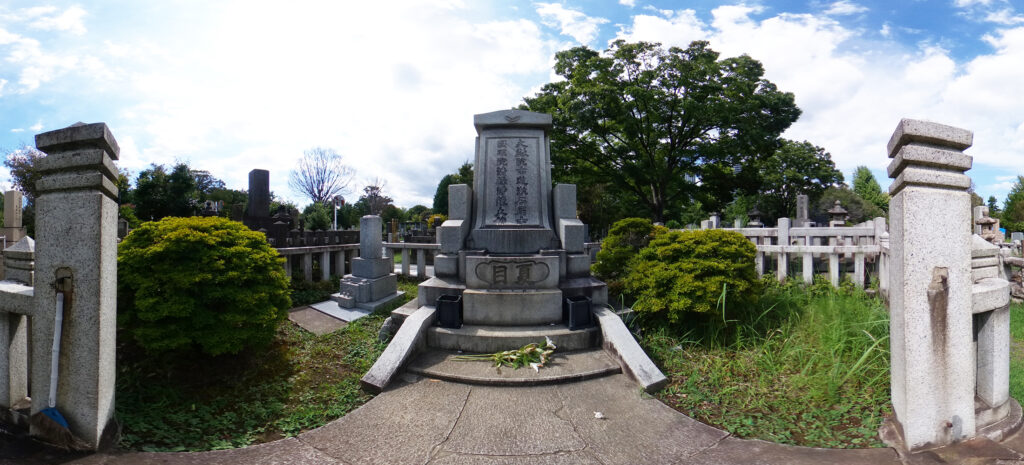
January 5, 1867 – December 9, 1916 (Age 49)
Japanese writer. Born in Edo (Tokyo), his real name was Natsume Kinnosuke.
Born in Edo (Tokyo), adopted by the Shiobara family at the age of 2, but returned to his birthplace at the age of 9 due to discord between his adoptive parents; adopted again at the age of 10, then returned to the family name of Natsume at the age of 21.
He entered the Tokyo University Preliminary Preparatory Course, where he formed friendships with Masaoka Shiki and others. After graduation, he taught at Tokyo Higher Normal School.
In 1895, he was transferred to Ehime Prefectural Junior High School (Matsuyama Junior High School), and the following year to the Fifth Higher School (now Kumamoto University). After returning to Japan, he taught English literature at the Department of Literature of Tokyo Imperial University.
In 1905, he published “Wagahai ha Neko de Aru (I am a Cat),” followed by “Bo-chan (Boy),” “Kusamakura (Kusamakura),” and other novels, which were well received. 1907, he resigned from the Imperial University to concentrate on writing and joined the Asahi Shimbun. He gained popularity for his newspaper novel “Gubijinzou” and wrote “Sanshiro”, “Sorekara”, and “Mon”, which are known as his early trilogy. He continued to write excellent works such as “Higan sugimade”, “Kokoro”, and “Michikusa”.
In 1916, while writing “Mei An”, he aggravated a stomach ulcer, a chronic illness, and died. The name “Soseki” is derived from a legendary story, “Soseki chin-ryu” (Soseki’s Pillow Style).
(Biographical Dictionary)
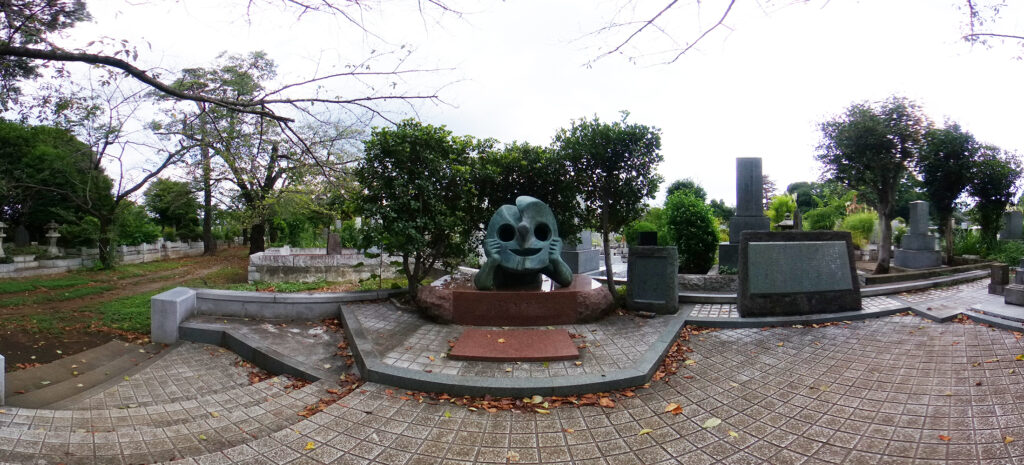
February 26, 1911 – January 7, 1996 (Age 84)
Japanese artist. Born in Kawasaki, the son of Ippei Okamoto, a cartoonist, and Kanoko Okamoto, a writer. After graduating from Keio Kindergarten and the regular school, he entered the Western painting department of Tokyo National University of Fine Arts and Music (now Tokyo University of the Arts), but dropped out after half a year. 1929, he went to Europe to accompany his father to cover the Conference on Disarmament in London. 1930, he moved to Paris, where he was influenced by the works of Picasso. Influenced by the works of Picasso in Paris, he joined the avant-garde art movement. He advocated neo-concretism and approached surrealism.
When World War II broke out and Paris fell in 1940, he returned to Japan. He served in the Chinese front as a private.
After the war, he formed the “Yoru no Kai” (Night Club) and began the avant-garde art movement. He paid attention to Jomon and Okinawan art and became a leading figure in Japanese avant-garde art.
His representative works include “Tower of the Sun” (symbol of Osaka Expo ’70). He is also the author of many books. He also left behind such quotes as “It’s fine if there is a face at the bottom of the glass,” and “Art is an explosion! and “Art is an explosion!
(Biographical Dictionary)
